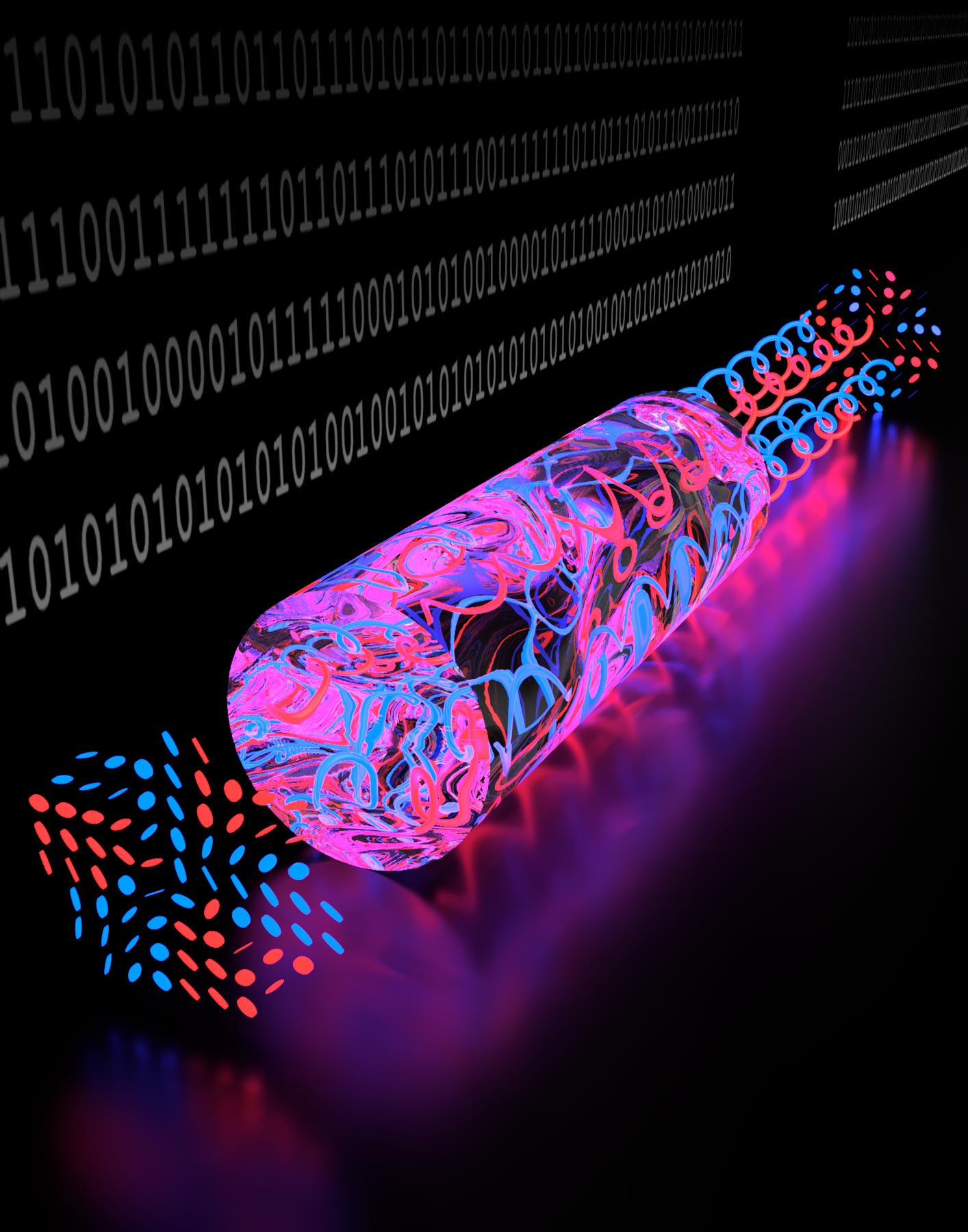Connect with us
Published
2 weeks agoon
By
admin
Researchers at the University of the Witwatersrand (Wits) have developed a pioneering optical communication protocol that utilizes spatial patterns of light for multi-dimensional encoding, effectively addressing the challenge of distortion in noisy channels, such as atmospheric turbulence or bent optical fibers. Their study, published in Laser & Photonics Reviews, reveals that by harnessing a property termed “vectorness,” which varies from 0 to 1 and remains unchanged despite interference, they can encode information in over 50 distinct vectorial patterns of light. This method contrasts with traditional amplitude modulation, which only allows for binary encoding.
By avoiding the need for recognition of light patterns, the team demonstrated a reliable means of transferring information that remains unaffected by noise. Lead author Keshaan Singh emphasized the practicality of their approach, noting that it can be implemented with conventional communication technology, making it readily applicable in real-world scenarios. This new framework promises to significantly enhance high-bit-rate optical communications and has already been tested in optical fibers and free-space links, with potential future applications in other noisy environments such as underwater communications.


















